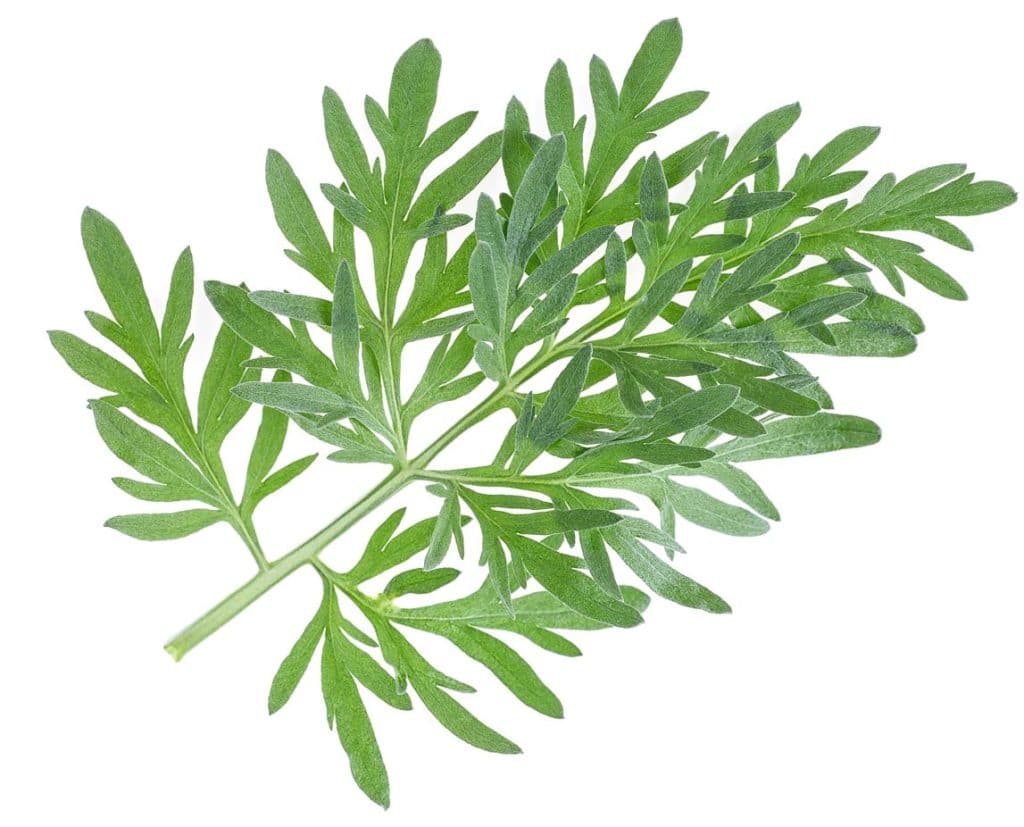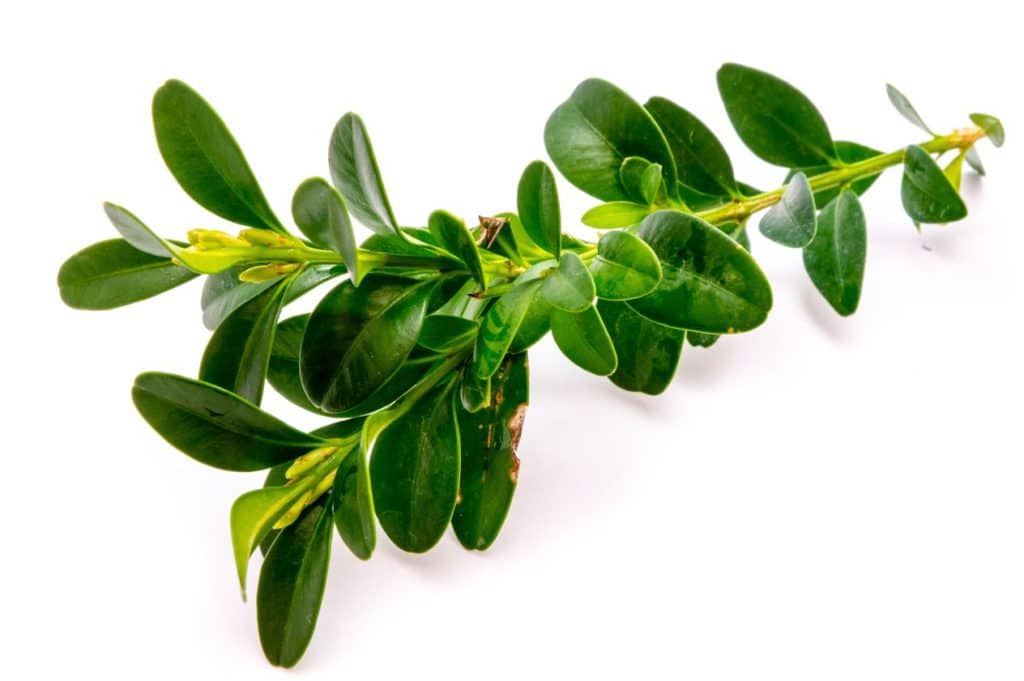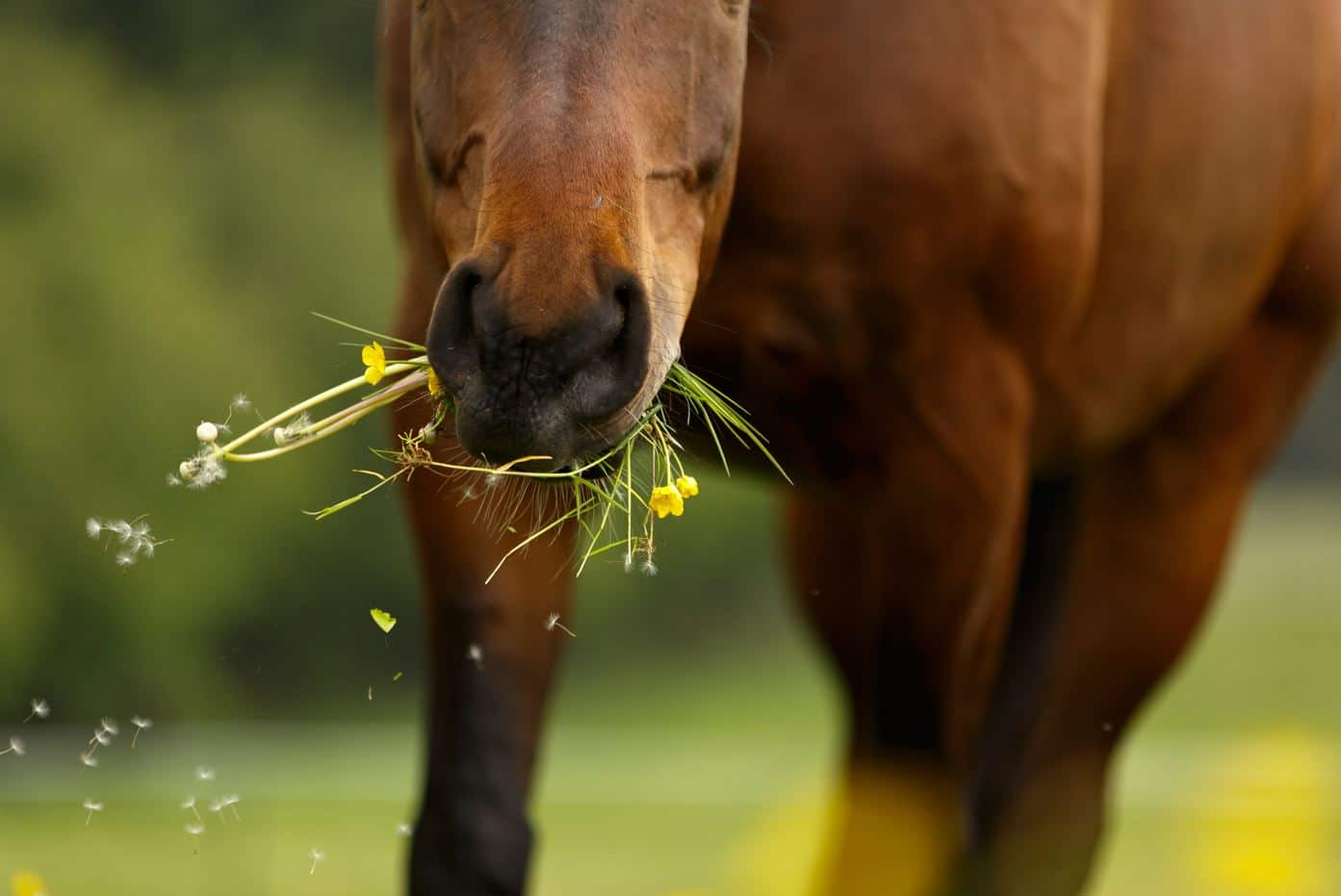How to detect plants that are toxic to your horses ?
Did you know that some of the plants growing in our fields and pastures can be toxic to horses? Here is some essential information on how to identify them and the symptoms they cause.
POISONOUS PLANTS FOR HORSES : IDENTIFY THEM TO AVOID ACCIDENTAL POISONING
There are about seventy species of plants that are more or less toxic to horses. Fortunately, horses, these noble and intelligent animals, generally know how to recognize plants that are not good for them.
However, this is not always the case for the humans who take care of them. Poisoning or poisoning from poisonous plants can occur if a plant is inadvertently incorporated into the feed. Once cut and dried, these plants are more difficult for the animal to identify and can sometimes be even more toxic to developing horses.
Since it is difficult to remember the full list of these plants, a smartphone app listing the seventy most dangerous plants for your horse is available to help: the Swiss National Stud Agroscope has developed the Toxiplant app, available for free on the Apple Store, with pictures of toxic horse plants, typical symptoms of poisoning and essential first aid.
THE MOST TOXIC PLANTS FOR HORSES IN THE FIELD
While some plants will only cause digestive discomfort, other plants are much more dangerous and can lead to death if ingested in too large a quantity. Since horses cannot vomit, once the plant is swallowed, there is no going back! As such, be aware of the toxic plants your horse may be exposed to. Here is an extract of the most toxic plants with their symptoms :

Wormwood has dramatic consequences, especially on mares in foal, from 500 g (causes abortion). It will be necessary to be very vigilant for the horses of breeding (in particular the brood mares) which can live in the meadow in the year and foal regularly, as well as their foals
Ranunculaceae such as aconite, pulsatile anemone, adonis, ranunculus and ficaria are all toxic plants for horses with more or less serious consequences in case of ingestion; aconite is fatal from 300 g and causes paralysis of the pharynx, diarrhea and anuria

Hellebores 60g will lead to death after the appearance of cramps and inevitable paralysis;
Euphorbia is deadly from 50g, but horses rarely go near it;
Foxglove is dangerous from 200g of fresh leaves, but 25g of dried leaves are enough to cause a fatal cardiac arrest. The first symptoms are bloody diarrhea and dizziness;
Belladonna is a toxic plant for the horse from 10g, causes convulsions and can lead to death from 120g;
Henbane is toxic from 10g, fatal from 125g and causes convulsions
Beech nuts : the fruits of the beech tree can cause severe colic if the horse ingests too much of them;
Robinia bark, which the horse could nibble: ingestion of this bark can cause nervous and cardiac disorders;
Arnica, although used in care to soothe hematomas of the horse for example, the arnica ingested up to 500g can cause spasms vomit forms, nervous crises and hemorrhages;
Black nightshade contains alkaloids in its seeds. It causes irritation of the mucous membranes and abundant diarrhea

Boxwood, although very aesthetic and often used to form hedges or bushes, should be avoided at all costs: boxwood is very harmful and can cause a drop in blood pressure, signs of dizziness, cramps. The horse may also suffer from colic or diarrhea. It can succumb quickly to respiratory paralysis. The lethal dose is around 700 grams of fresh foliage.
The oleander, also very aesthetic but very harmful! This plant is toxic for the horse at low dose. It causes a drop in temperature, dilation of the pupils, diarrhea and gastrointestinal disorders. Paralysis of the heart can cause death.
ATYPICAL MYOPATHY CAUSED BY SYCAMORE
Atypical myopathy (AM) is one of the most common pasture diseases in France and Europe. Usually fatal (70% of cases), this disease is characterized by a severe degeneration of the postural, respiratory and cardiac (myocardial) muscles.
In most cases, symptoms appear suddenly: difficulty or inability to stand up, muscle stiffness, tremors, sweating, very dark urine (coffee color), congestion of the mucous membranes.
The cause of the disease was clearly identified in 2013: it is caused by the ingestion of a toxin, hypoglycin A. This toxin is found in the flowers, fruits (also known as samaras) and seedlings of the sycamore tree (Acer pseudoplatanus).
The disease usually peaks in the spring when the seeds germinate, producing seedlings, and in the fall. Wind disperses the samaras, increasing their proliferation in surrounding hedges and thickets.
Depending on the season, also look out for crocuses and daffodils in spring, common groundsel and poppies in summer, and brugmansia and fall crocuses. These wildflowers are a nice addition to the pasture but are toxic to horses.
WHAT SHOULD I DO IF MY HORSE INGESTS A POISONOUS PLANT?
If you suspect that your horse has ingested toxic plants, the best thing to do is to get a sample of the plant and contact your veterinarian as soon as possible. Horses can take a long time to digest, so you may not notice any side effects right away. Check your horse’s pulse, breathing and temperature regularly.
Horse nutrition can be complex, especially in a large environment where you can’t control your entire environment. In general, always choose carefully the plants that will make up your horse’s feed crops.



